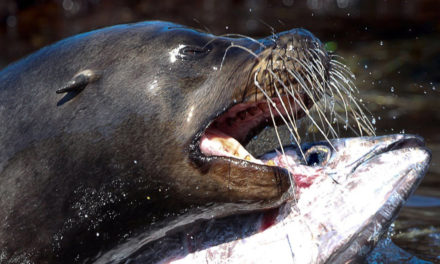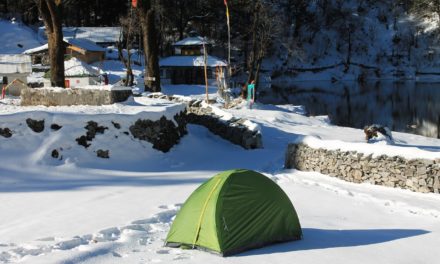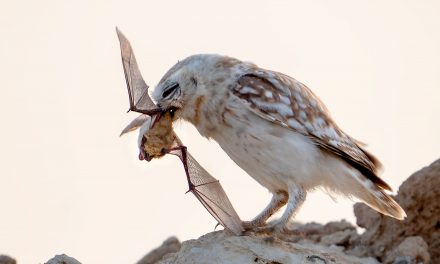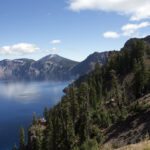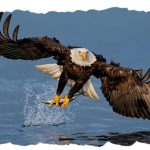
The Last Flight into Oblivion?
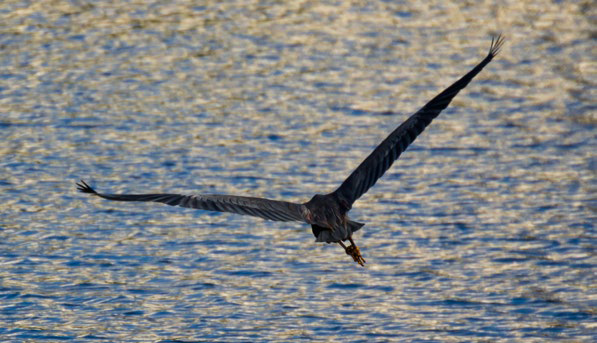
The Last Flight into Oblivion?
The Avifauna of Bangalore is in deep existential crisis…
Image Credit: Debaditya Das
It was not too long ago that the city of Bengaluru (Bangalore) was known for its existential crisis…numerous water bodies and rich flora and fauna, but the glory had started to fade out from the beginning of the late 20th Century. It was around this time when the city witnessed a sudden ramp up in the IT sector that pushed it for a rapid and gigantic urbanization. The city’s population has shot up from 6.5 million to 9.6 million within a span of 10 years! This marks Bangalore as one of the fastest and the most populated cities in India.
The city has a long history of its water bodies which started disappearing from 1980s due to increasing real estate demand. According to an estimate, Bangalore had nearly 262 lakes in 1961 which gradually started to shrink in number to the latest official estimates of 117 though only 33 lakes are more or less visible in satellite images. The unprecedented growth in industrialization
brought a host of cons and probably the most important one is the unplanned sewage disposal system. This is currently taking a deep toll on the health of the residents of the so called “City of Lakes”. The city has already witnessed its largest lake (Bellandur lake) catching fire and both the Bellandur and Varthur lakes spewing white toxic foam covering the surrounding area. The newspaper headlines scream out at its readers almost every other day, mourning the death of the city’s popular lakes.
The Indian Institute of Science (IISc) reports that almost 400-600 million litres of untreated toxic sewage and lethal industry effluents are being let into these lakes everyday converting them literally into “death pools” that does not require even the slightest trigger to go up in flames and producing hazardous snow like foam. Needless to say the hazardous effect on the
residents of the surrounding areas and the daily commuters.
As water bodies deplete, the flora and fauna in and around the region also get affected. Because of its moderate elevation from the sea level, lesser pollution in air and water, proximity to rich Western Ghats and forest lands, Bangalore, like many other places in Karnataka, showcased a wide variety of wildlife including many rare species of birds like the Great Indian Bustard, the Lesser Florican which used to be regular visitors to the city in the early decades of 20th century, but can’t be sighted anymore. “The Great Backyard Bird Count”, the largest avian census project in India in its result for 2017, has placed Karnataka in third rank for having around 300 species of birds only after Kerala & Tamil Nadu. However, as per the International Union for Conservation of Nature (IUCN) Red List of Threatened Species, 15 bird species found in India, have been demarcated as “Critically Endangered”, many others have been up-listed in “Near Threatened” and “Vulnerable”categories. Four of these birds – The great Indian bustard, Indian vulture, red-headed vulture and white-backed vulture could easily be sighted earlier in many parts of Karnataka but now they have vanished from these areas.The Chemicals used in agriculture, medical & veterinary sciences and households have affected the birds.
Ornithologists noted that Bangalore used to attract migratory birds from as far as the Himalayas and Central Asia due to its numerous wetlands and thick vegetation. The ever rising skyscrapers have greatly affected the nesting patterns and many have thus fled to the outskirts of the city. The Hebbal lake, one of the three lakes built by the founder of Bangalore,Kempegowda housed more than 70 bird species including 40 species from Himalayas and the Central Asia. Introduction of boating facilities has ruined their normal habitat as they are scared of human interference.
Cleaning of tanks or lakes by removing weeds and shrubs also sometimes have posed as a threat since the hyacinth and shrubs usually favour birds like Purple Heron, Pond Heron & Cattle Egret. The high rise buildings surrounding many lakes are standing tall and hindering the free movement of the birds.Conditions are so alarming that some local residents along with some non-Government Organization (NGOs) have taken up the restoration work for few lakes.
The Kaikondrahalli Lake is one such example where local residents took a big step in starting the restoration work of the lake. Kaikondrahalli Lake is known to be a mini bird sanctuary and is situated in South-East Bangalore. The surrounding area of the lake has witnessed a multi-fold increase in human population and many multi-storied buildings have come up in the past decade guarding two sides of the lake. Kaikondrahalli Lake had fresh water with fruit laden trees until 2000 but by 2003 it started to dry-up as all the in-let channels to the lakes got blocked by the construction work and by 2007 the lake turned into a mere wasteland. With the help of some self-motivated volunteers’ and their proactive initiative with later on addition of Government’s
financial support, the restoration of this lake started in late 2008 and was completed by 2011.
As an immediate effect of this positive movement the local residents have claimed that the lake has gained back its value in terms of flora and fauna as almost 50 species of birds including many migratory birds started revisiting this lake. Kaikondrahalli Lakeis now maintained by the Bangalore civic authority and the cost of maintenance is
usually realized by generous donations and various fund raising programs initiated by the local nature enthusiasts.
I had visited this lake in January 2018 and could see Indian Cormorants roosting in the dry trees and also the other species like Painted Stork, Brahminy Kites, Grey Heron, Purple Heron,
Southern Coucal, Lesser Egret and many others. However, I also noticed that adjacent to the lake boundary, there is a graveyard and also a waste dumping ground that was stinking, with pigs roaming freely around. The garbage and other wastes could easily find access into the lake water leaving it more toxic and unfavourable for the birds. The walk way inside the lake complex is also not in a good shape in some places and would probably need immediate attention to alleviate the waste disposal ground from the lake’s vicinity otherwise the photos presented here would only remain as the proof of their existence in this lake.
The Kaikondrahalli Lake could be a role model, but Bangalore water bodies as such need a thorough restoration process to save its remaining bio-diversity. The civic bodies need to take drastic measures to restore these lakes as soon as possible. Stern steps should be taken without any delay to stop polluting these lakes any further.
The city has already lost a lion‘s portion of its earlier charm and that day is probably not far when these birds too will perhaps take their last flight permanently bidding adieu to the city if necessary steps are not taken on an immediate basis. Its TIME! NOW or NEVER! A&W




